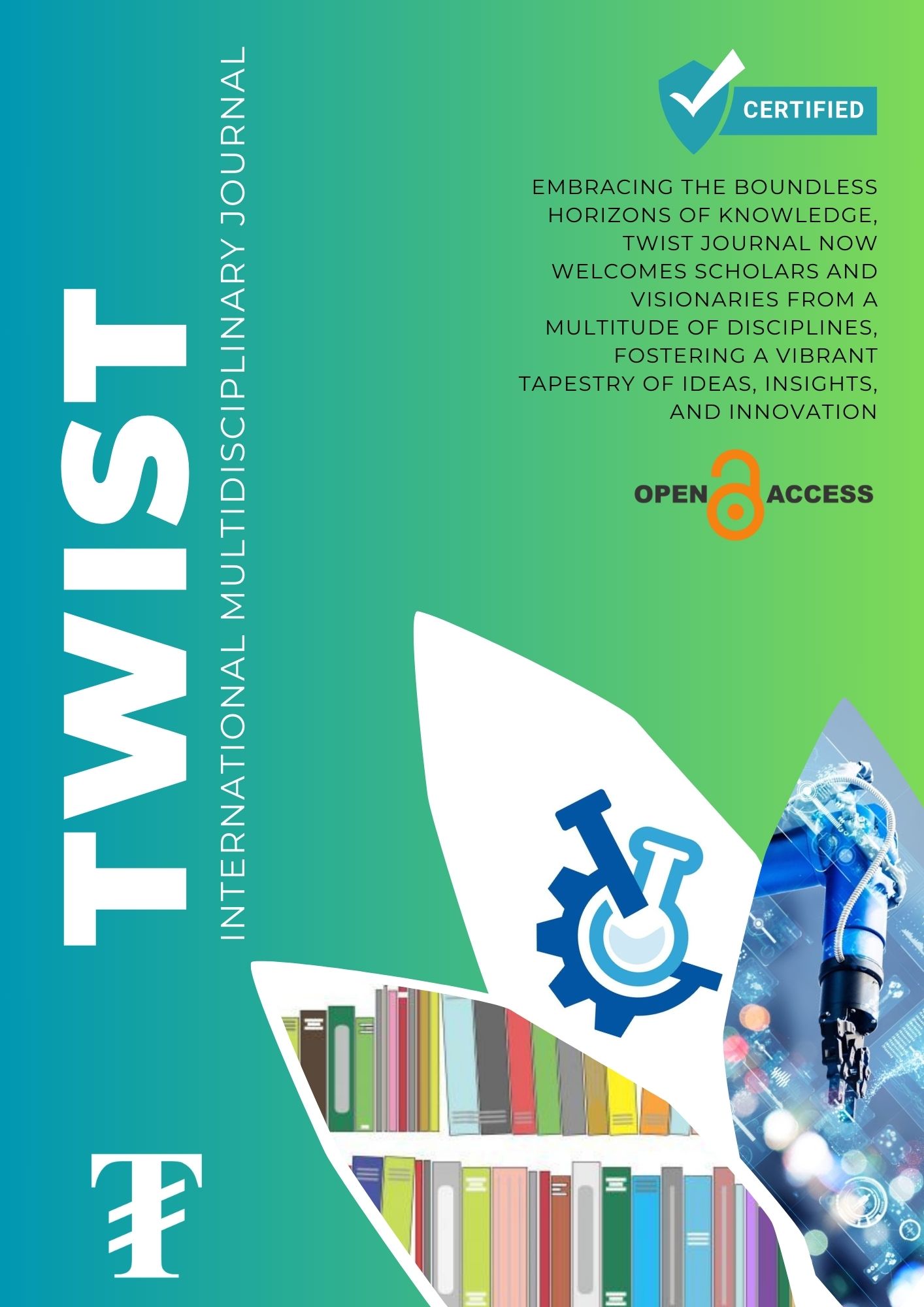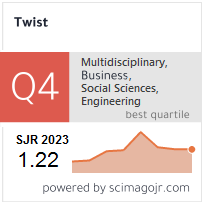Reductive Leaching of Manganese from Spent Zinc-Carbon Batteries Using Plant Biomass as Reducing Agent
Keywords:
Reductive leaching, Manganese, Spent batteries, Zinc-carbon, Plant biomassAbstract
The huge demand for manganese (Mn) based materials necessitates its extraction from various secondary sources, out of which the spent zinc-carbon battery is one of the most important source, due to its numerous applications in various appliances resulting into huge disposal after complete discharge. The hydrometallurgical routes using acids as leaching agents are commonly found more economical and efficient in extracting the metal values from the spent zinc-carbon batteries. The efficiency of Mn leaching depends upon the nature of the reducing agent used during leaching and most of the reducing agents are harmful chemicals. For large scale Mn metal value recovery from such batteries necessitates the development or use of cost effective and environmental friendly reducing agent. In this regard, the present study reports recovery of Mn metal values from spent zinc-carbon battery using cellulosic biomass as reducing agent and from the study it is found that maximum ~ 57% of Mn can be leached out when the leaching is carried out in 1M H2SO4 solution at a temperature of 800C using biomass as reducing agent.
Downloads
Downloads
Published
Issue
Section
License
Copyright (c) 2024 TWIST

This work is licensed under a Creative Commons Attribution-NonCommercial-ShareAlike 4.0 International License.











